Can eating spicy food really help you feel better in hot weather? Yes! Spicy foods can help you beat the heat, even though it might seem counterintuitive at first. Many tropical cuisines are known for their spicy food – and there are good reasons, beyond being varied and delectable!
Why Do Spicy Foods Help You Feel Cooler?
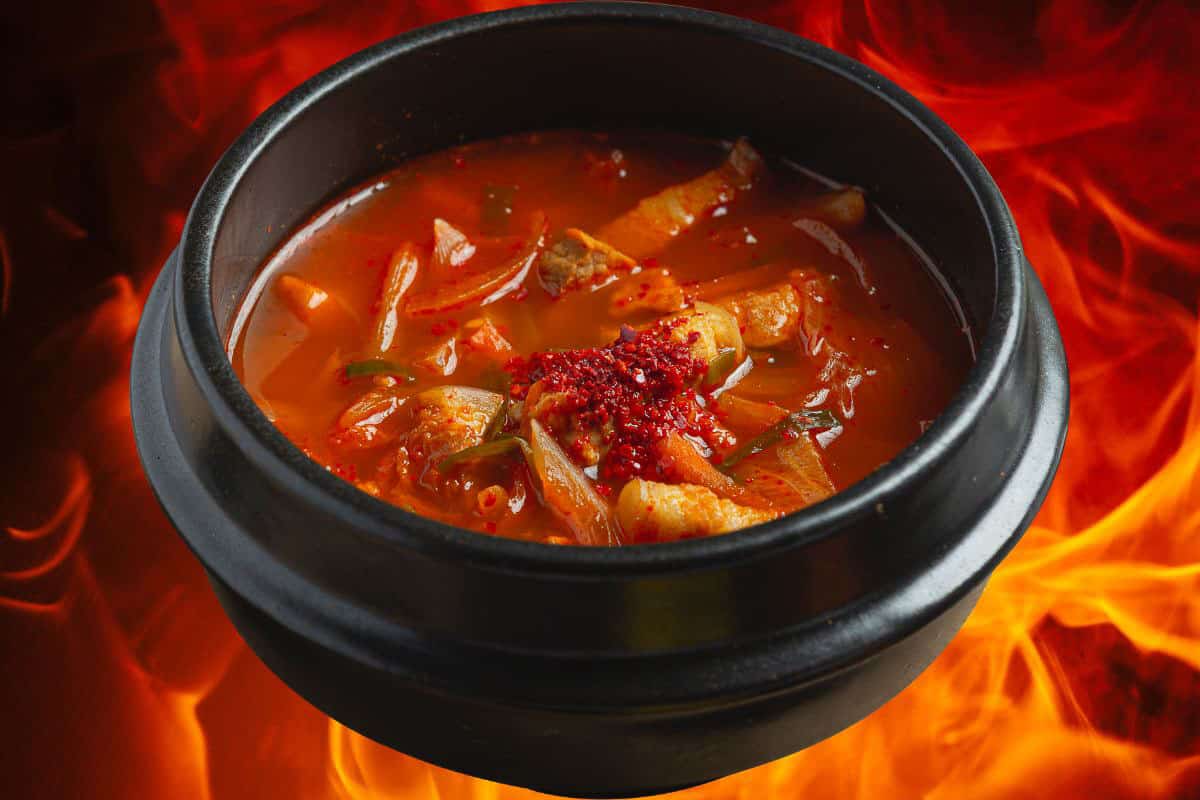
When you consume spicy foods, particularly those containing chiles or other hot spices, you may experience a temporary feeling of warmth, or even perspiration. This reaction is due to the active compound in chiles called capsaicin. It stimulates nerve endings and causes a burning sensation.
Heat Up To Cool Down

After the initial heat sensation, your body starts to respond to the capsaicin by triggering a cooling mechanism. When you eat spicy foods, your body perceives the heat as a threat and attempts to cool down by inducing sweating. As the sweat evaporates from your skin, it cools you down, making you feel more comfortable in hot weather.
Moreover, spicy foods can also lead to a natural increase in circulation and metabolic rate, which can further contribute to the cooling effect by dissipating heat more efficiently.
Do Spicy Foods Always Help Us Cool Down?

It’s important to note that the cooling effect of spicy foods might not be as effective in extremely hot conditions, and it varies from person to person. Some people may be more tolerant of spicy foods and experience a more significant cooling effect, while others might find it uncomfortable, or have digestive issues after consuming spicy meals; they will never eat enough spicy foods to ever experience the cooling effect.
Try Some Spice!

While spicy foods can initially make you feel warmer, they can trigger your body’s natural cooling mechanisms, like sweating, and ultimately help you cope with the heat better. But always listen to your body and avoid excessive consumption of spicy foods if you’re not comfortable with them and/or experience any adverse reactions.
Spicy Cuisines

Several tropical cuisines are known for their spicy and flavorful dishes. These cuisines often use a variety of spices, herbs, and chiles to create dishes that are not only hot, but also bursting with complex flavors. Some of the tropical cuisines known for their spicy food include the following….
Thai Cuisine
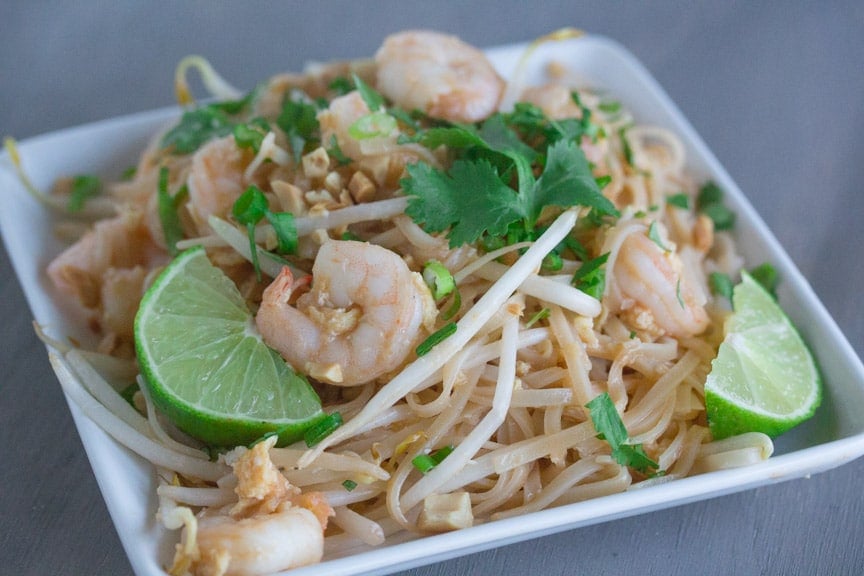
Thai food is renowned for its balance of sweet, sour, salty, and spicy flavors. Dishes like Tom Yum (spicy and sour soup), Green Curry, Red Curry, and Pad Thai often feature Thai bird’s eye chiles, which pack a fiery punch.
Vietnamese Cuisine
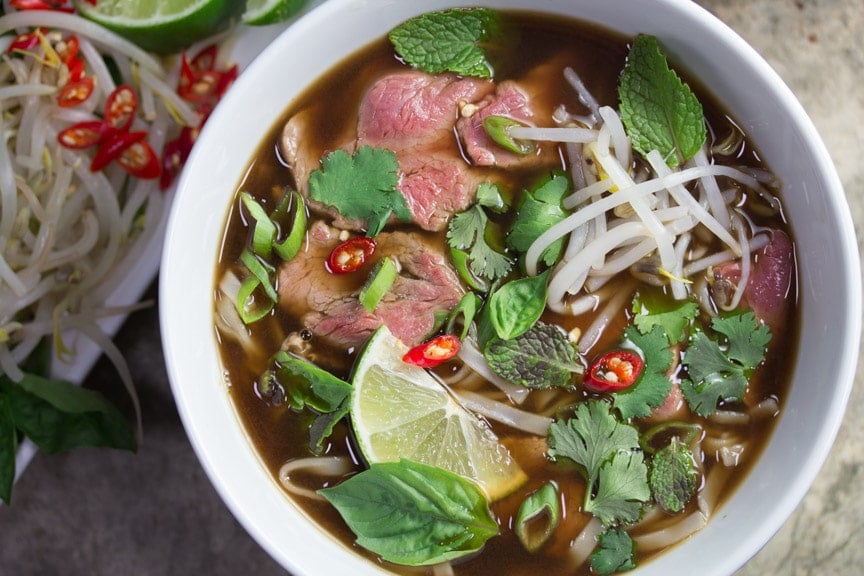
Vietnamese cuisine is known for its bold and flavorful dishes, and chiles play a significant role in adding spice and heat to many of these delicacies, such as Pho Bo, Bun Rieu, a crab-based noodle soup with a tomato-based broth, Bun Thit Nuong, a salad with grilled pork (often seasoned with lemongrass, and Banh Xeo, a savory Vietnamese crepe.
Indian Cuisine
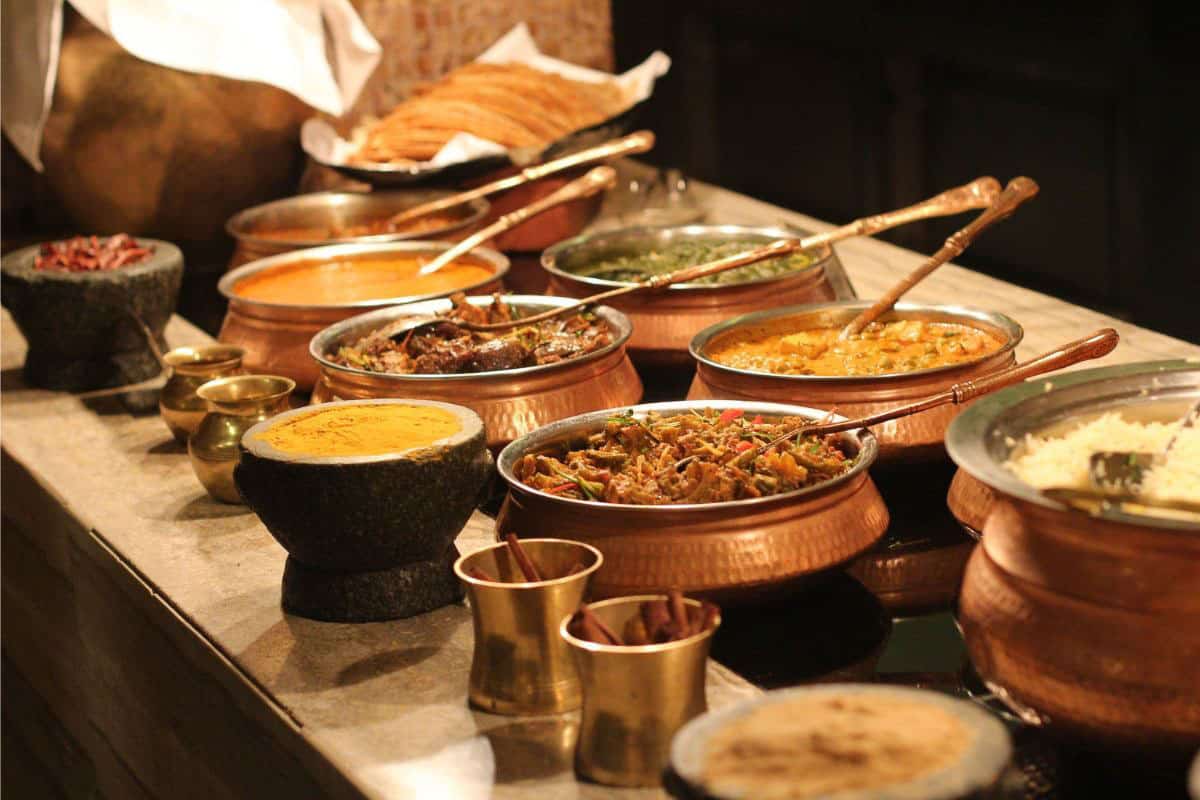
Indian cuisine is incredibly diverse, and many regional dishes are notably spicy. Spices like cumin, coriander, turmeric, and various types of chiles are used to create dishes such as vindaloos, curries, and Bhut Jolokia (ghost pepper) dishes.
Mexican Cuisine
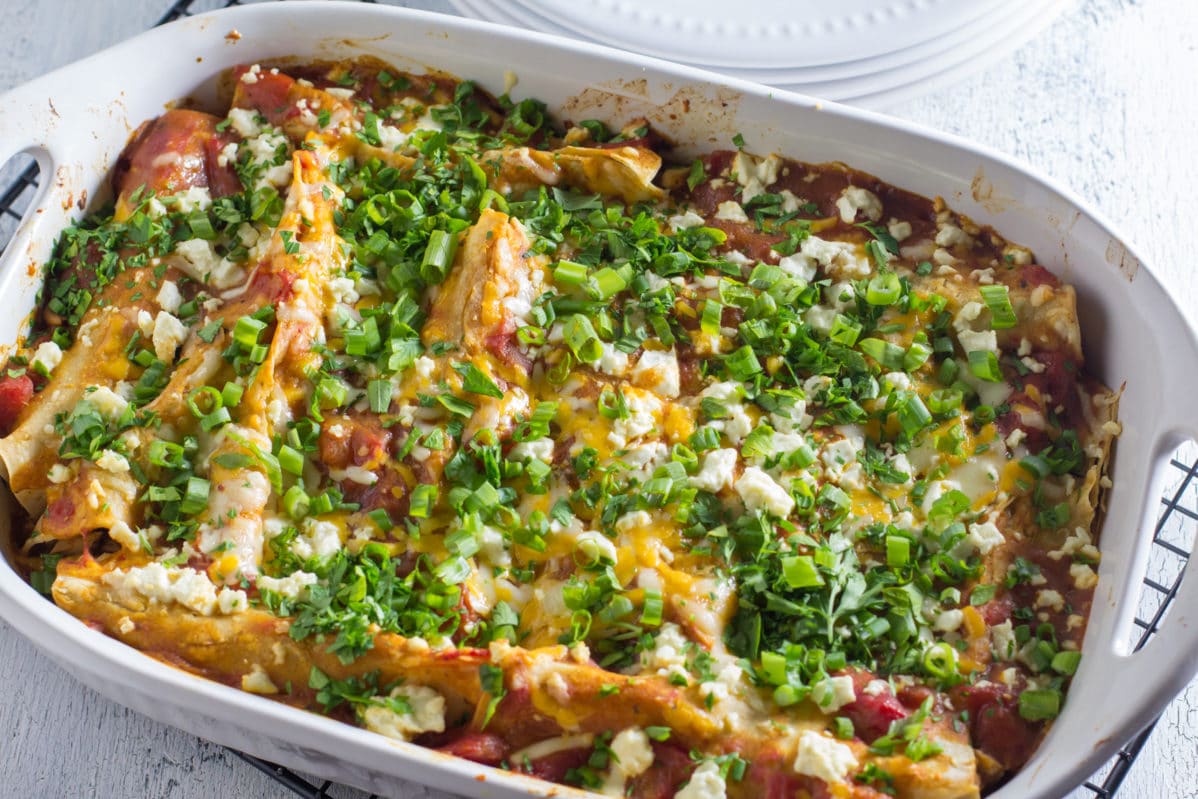
Mexican food is well-known for its bold use of chiles. Dishes like Enchiladas, Tacos, Salsas, and Mole sauces often incorporate different types of chiles like jalapeños, serranos, chipotle, and habaneros.
Caribbean Cuisine

The food of the Caribbean islands often features spicy elements. Jerk seasoning, a blend of fiery spices like Scotch bonnet peppers, allspice, and thyme, is a famous example used on various proteins like chicken and pork.
Malaysian Cuisine
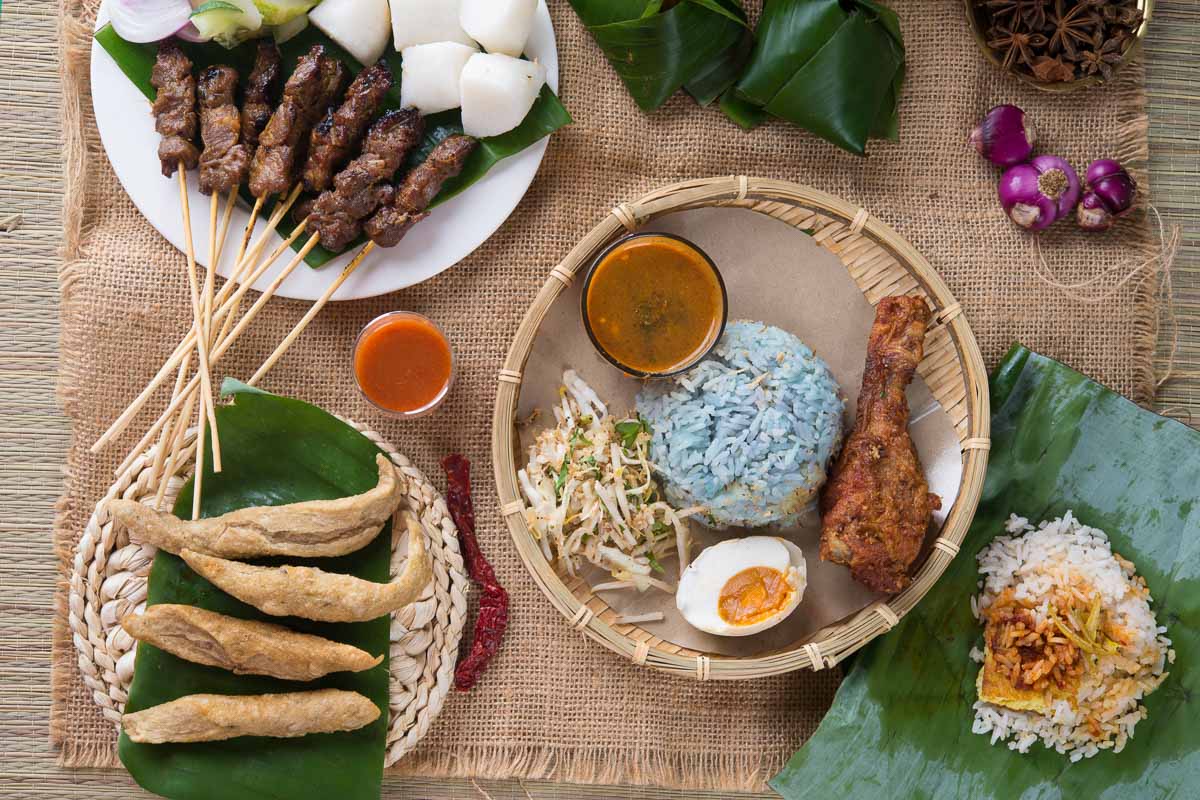
Malaysian food combines influences from Malay, Chinese, and Indian cuisines. Dishes like Nasi Lemak, Laksa, and Rendang often include spicy sambals or chili-based sauces.
Indonesian Cuisine
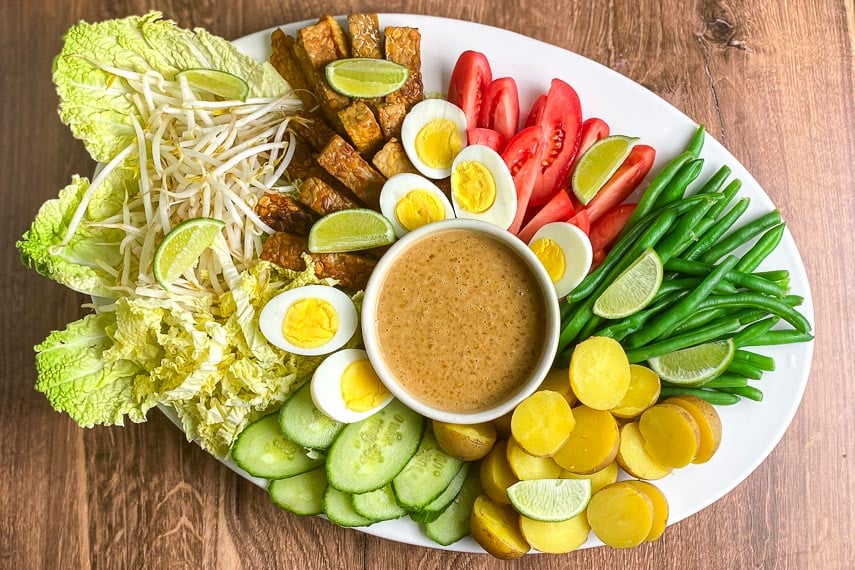
Indonesian cuisine is known for its use of spices and chili peppers. Dishes like Nasi Goreng, Sate Ayam, and Rendang are flavorful and often have a spicy kick. Dishes like Gado-Gado can be tailored to your liking.
Sichuan Cuisine (Chinese)
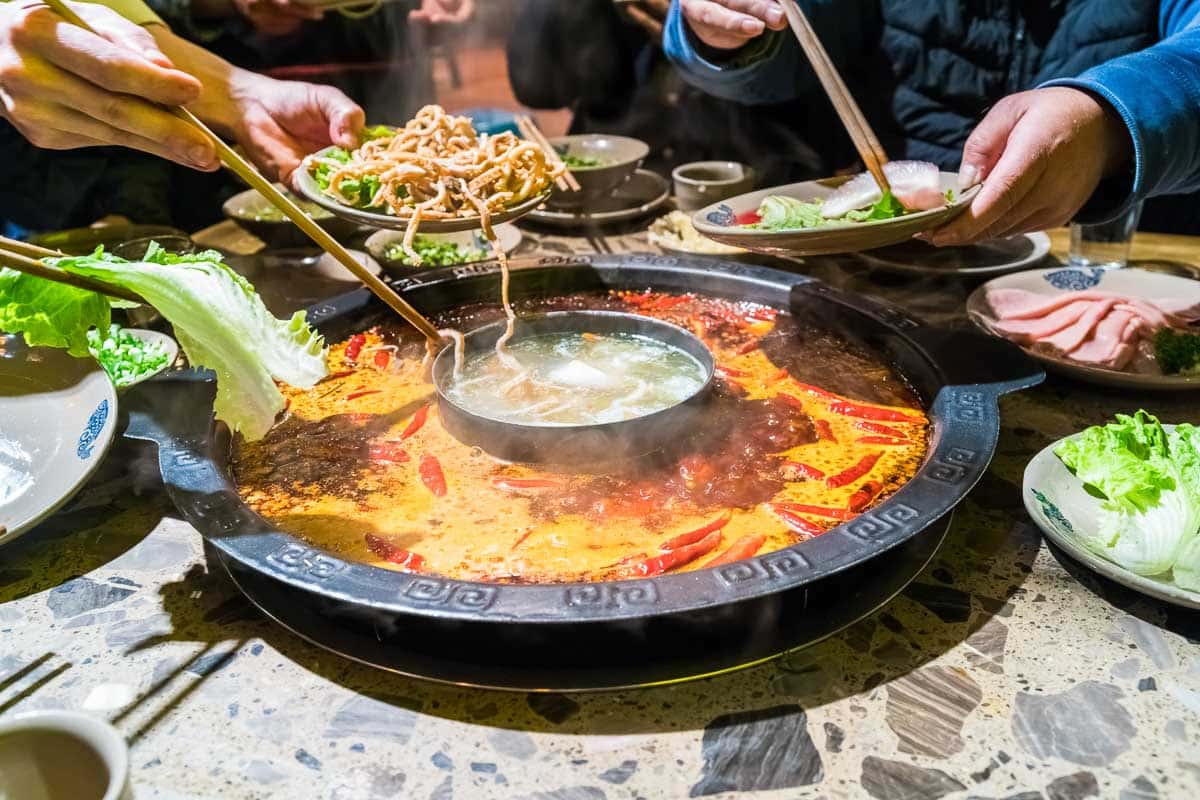
Sichuan cuisine from the Sichuan province of China is famous for its fiery and numbing flavors. The use of Sichuan peppercorns and various chili peppers, particularly the Sichuan peppercorn-infused oil, creates a distinct and spicy taste.
Korean Cuisine
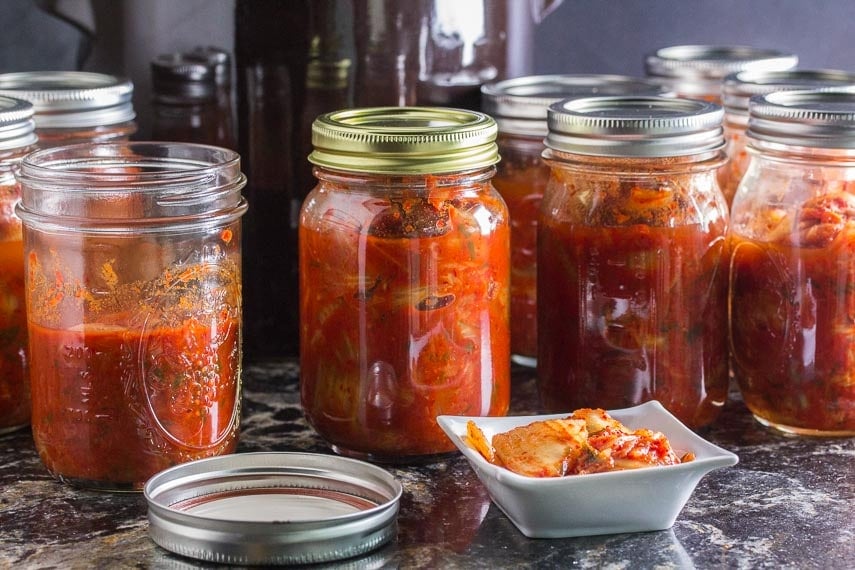
While not solely tropical, Korean cuisine features several spicy dishes, such as Kimchi (spicy fermented vegetables), Kimchi Jjigae (spicy kimchi stew), and Buldak (fire chicken).
These cuisines are just a few examples; there are many more tropical regions around the world with spicy and vibrant culinary traditions. The spiciness in these dishes is often balanced with other ingredients and flavors, making them not only hot, but also incredibly delicious and certainly worth a try, especially when it is so hot out!
How To Stay Cool Without An Air Conditioner When It’s Over 100 Degrees
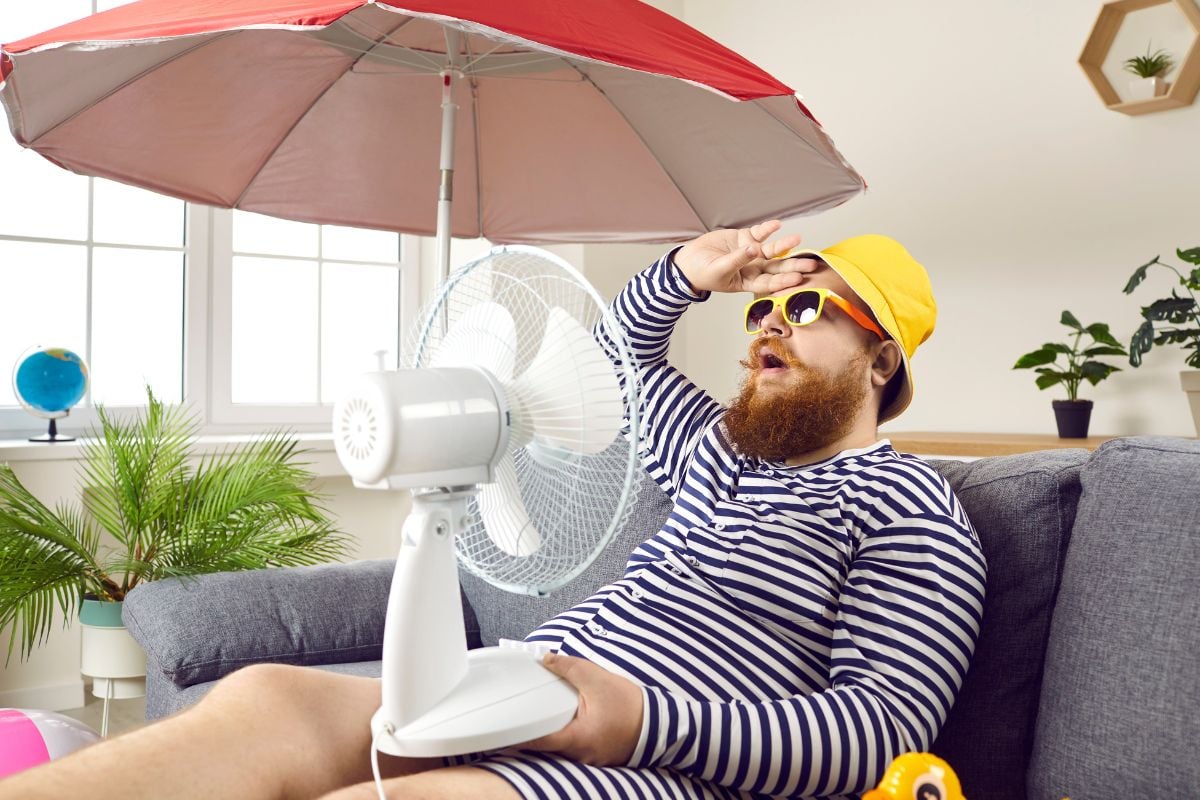
When faced with power outages, extreme heat, or a desire to save money, it’s possible to stay comfortable without relying on artificial cooling in your home. And it is more than just a matter of comfort; high temperatures can be harmful to the body, leading to heat-related illnesses like hyperthermia, which is our body over-heating, sometimes actually elevating our internal body temperature. Here are some effective methods to keep cool without air conditioning:
Read: How To Stay Cool Without An Air Conditioner When It’s Over 100 Degrees
How To Stay Cool: Maximize Your Air Conditioner’s Performance
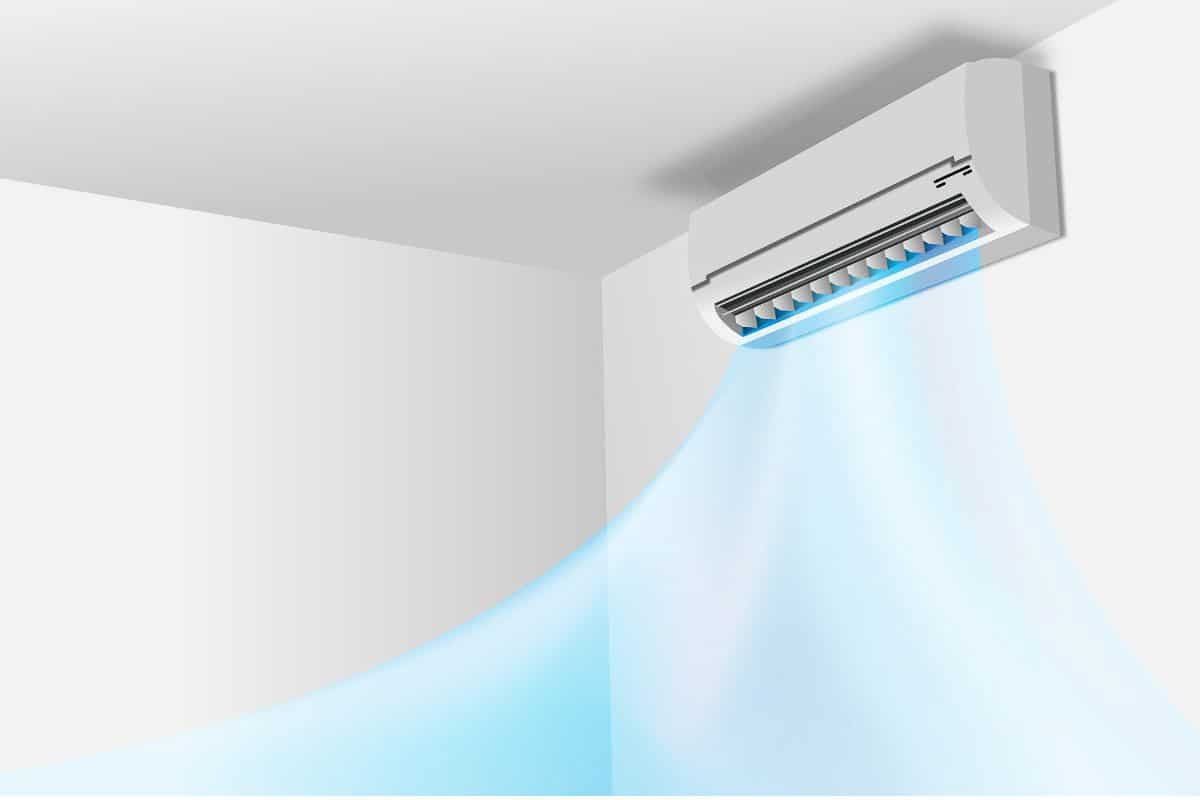
With much of the country in the grips of a massive heat wave, many people who have air conditioners (AC) in their homes are running them overtime. These extreme outdoor air temperatures present a significant challenge to AC systems, which engineers and installers say are only designed to keep indoor temperatures about 20 degrees Fahrenheit cooler than outside. With temperatures in many parts of the U.S. in excess of 100 degrees Fahrenheit, that can pose a big problem.
Experts offer tips on how to maximize your air conditioner’s performance. Read:
How To Stay Cool: Maximize Your Air Conditioner’s Performance
Be Cool: How To Pack a Cooler For Maximum Cooling
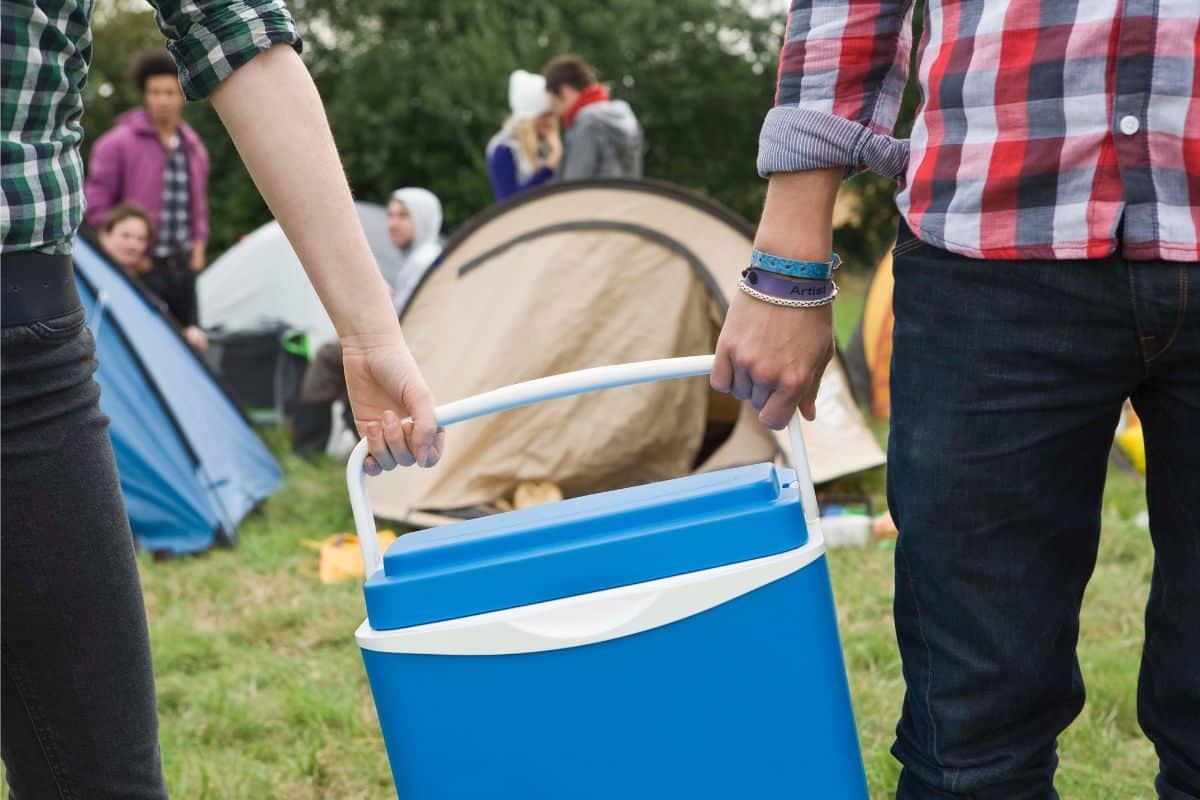
Summer means outdoor picnics, potlucks with friends, and camping. And we need to tote our food safely and efficiently, and that means coolers are involved. We are not going to tell you the best cooler (you can look that up if shopping for a new one, or maybe you have a trusted container), but we are going to show you how to pack your cooler. There are ways to pack your cooler for cooling and food preservation efficiency. None of this is hard, but there are definitely some tricks.






